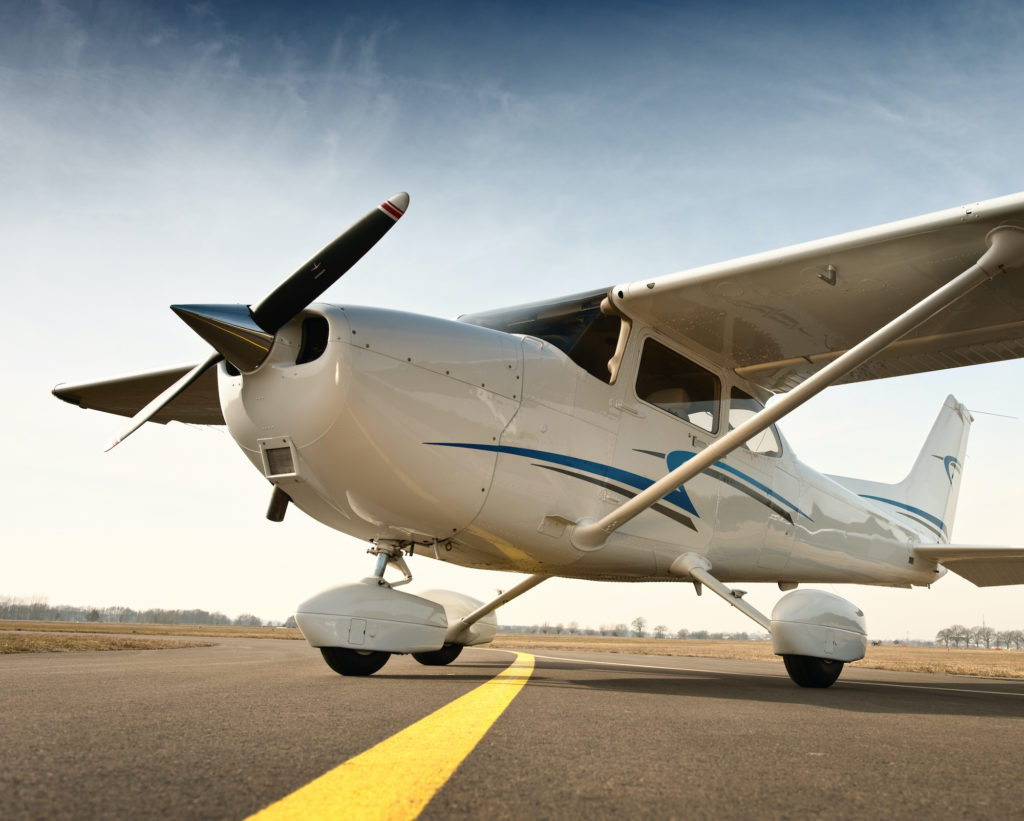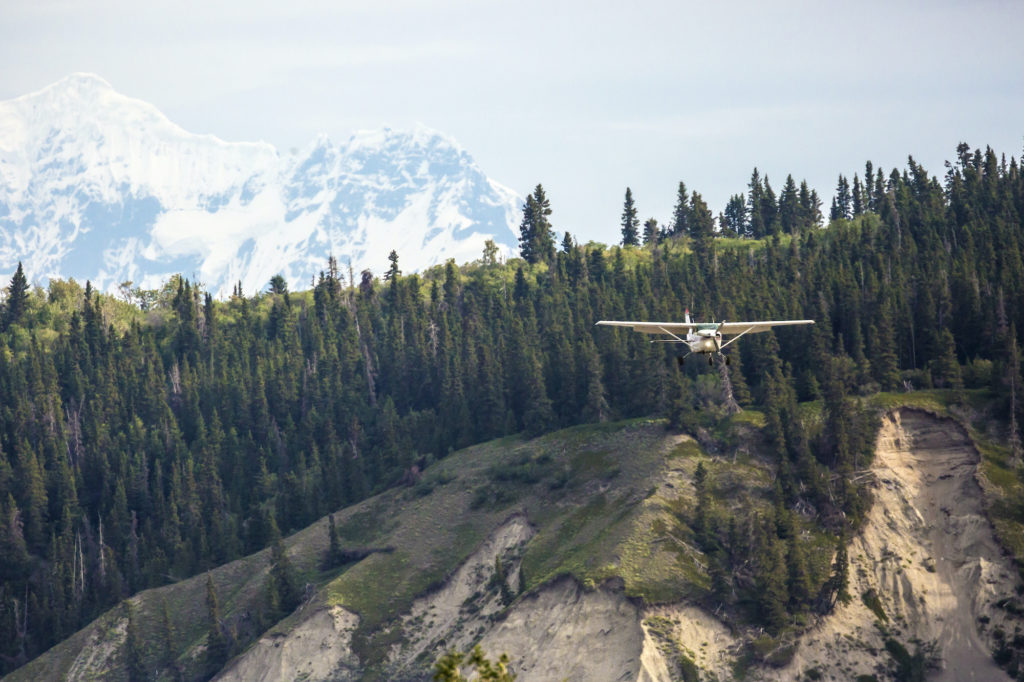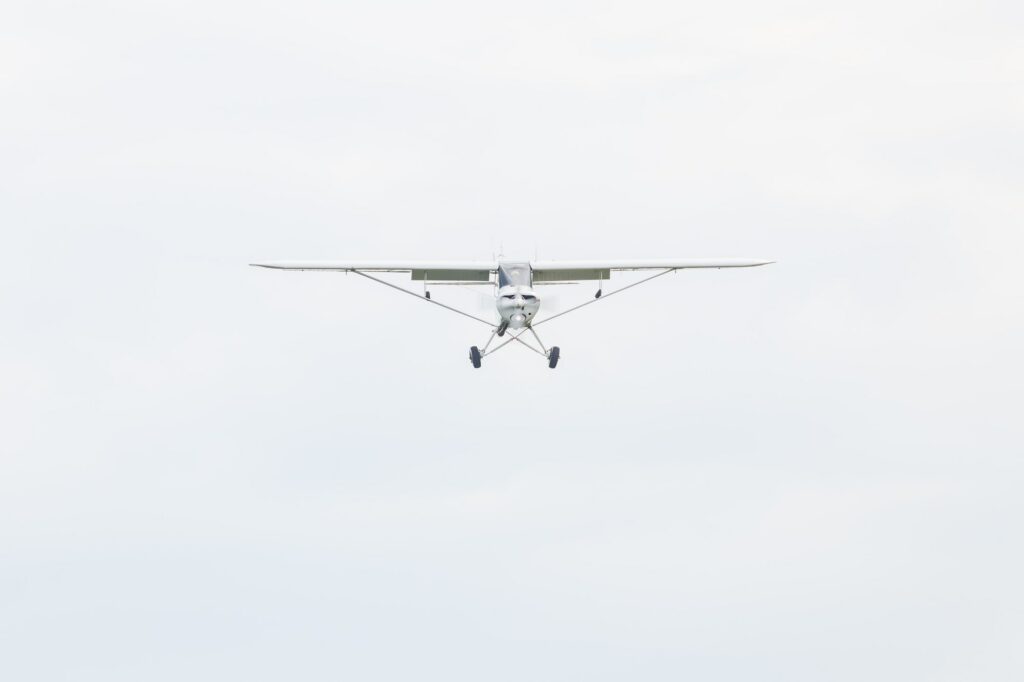
The Definitive Guide to Becoming a Private Pilot
The Definitive Guide to Becoming a Private Pilot
Earning a Private Pilot’s license can seem daunting and uncomfortable. But it’s easier than you think. Yes, becoming a Private Pilot requires lots of hard work and determination, but the process is pretty straightforward.
First Things First: Are You Eligible?
Not everyone is eligible to become a Private Pilot under Federal Aviation Administration (FAA) guidelines. The eligibility requirements are outlined in 14 CFR Part 61.103 and include about a dozen items, many of which are self-explanatory. For example, you must have a Certificated Flight Instructor’s (CFI’s) endorsement and applicable knowledge and flight experience to take and pass your test. The simplified eligibility requirements are the following:
- 17 years of age (16 to solo)**
- Able to read, write, speak and understand the English language
- Able to obtain at least a 3rd class medical (or use BasicMed)
- Be approved through the Transportation Security Administration (a simple process for citizens; more involved for non-citizens).
**for airplanes. For gliders, pilots may be licensed at 16.
Finding an Instructor
To learn to fly, you’ve got to have a flight instructor. Many flight instructors work for a flight school, and others work independently. Ideally, you want to find an instructor who you trust, and who’s personality suits yours. It’s very difficult for an aspiring pilot with little industry experience to evaluate the technical competence of an instructor, but it’s easy to know whether your personalities don’t match. You can learn more in another article we wrote about finding a great flight school.
Obtaining a Medical Certificate
To operate an aircraft, the FAA requires that pilots meet a certain medical standard. When flying, pilots operate over major metropolitan areas and are responsible for the lives of human beings. Because of this responsibility, pilots need to be psychologically and physically healthy. A medical certificate is the FAA’s way to assure a safe base-line of pilot health. Medical certificates are broken into 3 classes:
- First Class – Required for Airline Transport Pilots
- Second Class – Required to act as a Commercial Pilot
- Third Class – Required for Private Pilots
The third class is the least stringent certification, and the first class is the most stringent. As the responsibility associated with each level increases, so too do the qualifications become more stringent.
To obtain a Medical Certificate, aspiring pilots should work with their Flight Instructor to fill out a dual-application on a government webpage called IACRA (Integrated Airman Certification and Rating Application. Welcome to the world of aviation acronyms! Through IACRA, your instructor will create an application for two certificates:
- A medical certificate (usually a third class)
- A student pilot certificate
The student pilot certificate is the document that allows you to fly an airplane solo — when accompanied by a series of logbook endorsements provided by your flight instructor.
Ok, so now you’ve picked a flight school, and have worked with your instructor to get a student pilot and medical certificate. What’s next?
Sidenote: BasicMed. You may have heard about a program called BasicMed, that allows pilots to fly without a medical certificate. While it’s true, BasicMed only extends to pilots who have previously held a medical certificate. If you are just starting and have never held a medical or airman certificate before, you are, unfortunately, ineligible for BasicMed.
Training Materials
The exact materials that are required will depend on your flight instructor and/or flight school requirements. However, the barebones minimum usually includes:
Training equipment will include items like a sectional chart, and E-6B flight computer.
- An E-6B flight computer (analog or electronic)
- A plotter
- A sectional chart (or electronic version; however, many instructors still prefer to start with the old-fashioned way, myself included)
- Self-study academic material. This could be a textbook, free FAA resources, or an online ground school like our Private Pilot Ground School.
- Access to Federal Aviation Regulations (either by accessing the most current version online or by purchasing it). It’s jammed full of “lawyer speak”. Our Private Pilot Ground School includes a comprehensive guide to the major FARs relevant to aspiring Private Pilots in a more reader-friendly format.
Many students will also consider purchasing a headset. These can run from $100 to over $1000. There is nothing wrong with a cheap headset as long as you can hear!
The Training “Footprint”
Ok, whew! We’re all set to go, now we can finally get started! What exactly does Private Pilot training entail? Well, per the FARs, a Private Pilot must meet minimum hour and aeronautical experience requirements. It’s a great idea to keep track of your progress in all these areas, but do rest easy knowing that most instructors are very good about keeping tabs on these minimums. Especially if it looks like you’ll be finishing training close to the minimum requirements. These minimums are:
- 40 hours of total flight time
- 20 hours of dual flight instruction, including —
- 3 hours of cross country training
- 1 night dual cross country over 100nm total distance
- 10 takeoffs and landings at night to a full stop
- 3 hours of flight with reference solely to the instruments
- 3 hours of checkride preparation within the proceeding 2 calendar months
- 10 hours of solo flight time, including —
- 5 hours of solo cross country
- 1 solo cross country with at least 3 stops with a straight line distance on one leg of at least 50nm and a total length at least 150nm
- 3 takeoffs and landings at a towered airport
Flight training includes both time spent with an instructor and time flying solo
In sequence, the accomplishment of these objectives usually looks something like this:
- Initial Phase – Introduction to the briefing and debriefing process; preflight and post-flight inspections; basic maneuvers.
- Solo Preparation – Landing practice and more maneuvers.
- The First Solo! The instructor says “see ya!” and lets you take the airplane up on your own for the first time. A pilot never forgets their first solo!
- Night Flying and Cross Country Introduction – Time to get familiar with flying at night and planning cross country flights.
- Solo Cross Countries – Once you have demonstrated competence in cross country planning and navigation, your instructor will release you to fly cross countries on your own.
- Pass the Written Exam – Remember, this whole time you’ve been studying too, right? You should be! The FAA written test is one of three major tests that must be passed. The test for Private Pilots is 60 questions long and has a 2-hour time limit. Our Private Pilot Course has a series of practice tests that mimic the real thing.
- Checkride Preparation – Now that the requirements are met and the written test is done, it’s time to get ready for the checkride. The checkride itself is two parts: The Oral Exam and the Practical Exam. The oral is a (roughly) two-hour session with an examiner that is used to determine an applicant’s knowledge base in a variety of subjects including aerodynamics, regulations, systems, and human factors. The practical exam is the application of those concepts during a flight and also includes various maneuvers used to judge an applicant’s understanding of aerodynamic principles, resource management, and hand-eye coordination.
- The Checkride! — When your instructor signs you off to take your written exam they are certifying that they think you are prepared to become a Private Pilot. Your examiner thinks the same thing, by the way. It’s now your responsibility to keep doing what you already know how to do! Once you’ve passed your checkride, the examiner will fill out a temporary airman certificate which is your new Private Pilot’s License. The fancy card will arrive in the mail a month or two later.
In reality, most students are not ready for their checkride in the minimum amount of time. Nor do most students solo as early as they “used to”. That’s ok! It’s far more important to go into your checkride prepared and confident than it is to accomplish it in the minimum legal time.
A License to Learn
We would be remiss to forget mentioning that the Private Pilot license is both a major accomplishment and also a license to learn. As you will learn during training, it’s extremely important to set personal limits as a pilot. As a newly minted pilot, you need to remain conservative in your actions while steadily increasing your comfort zone and maintaining your proficiency. Many pilots start to get rusty immediately after their checkride: don’t be that guy/gal. Our Pilot Proficiency Course can help you stay engaged in industry changes, and gives you access to a lot of the Private Pilot Course content at a great value!
Anything we missed? If you have any questions or comments, feel free to reach out to jake@flightapprentice.com






